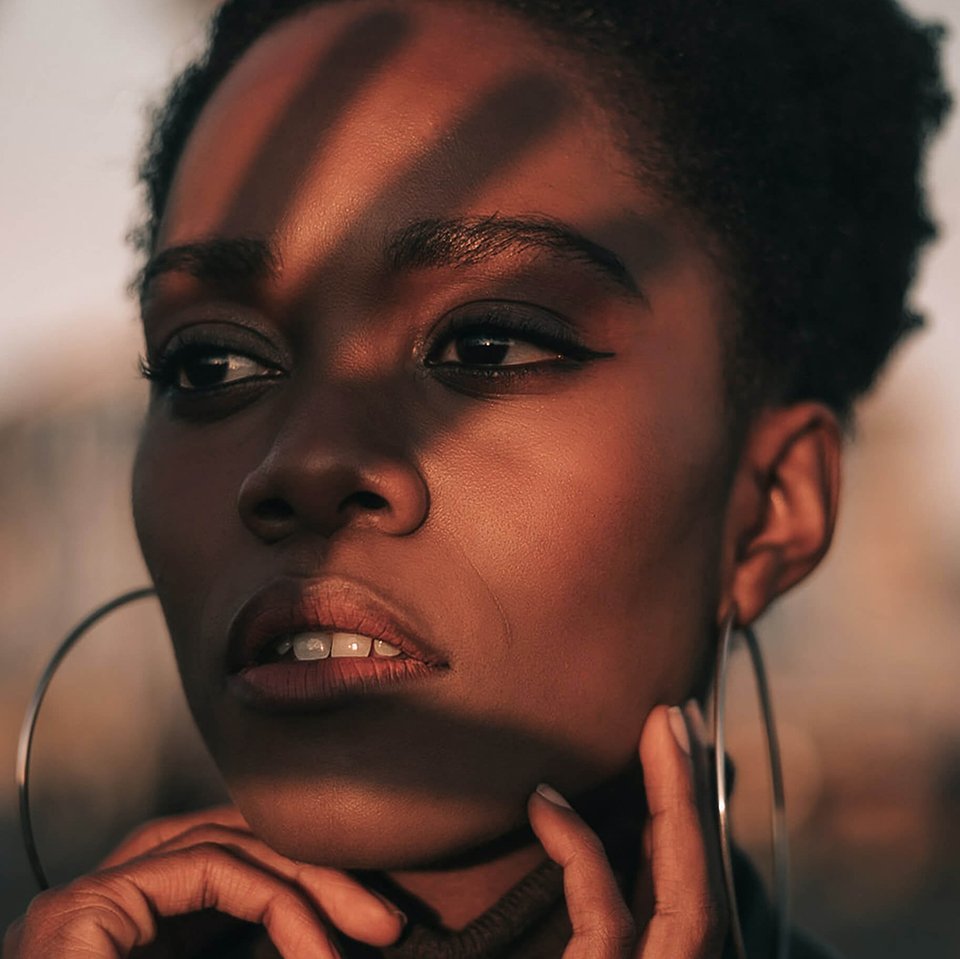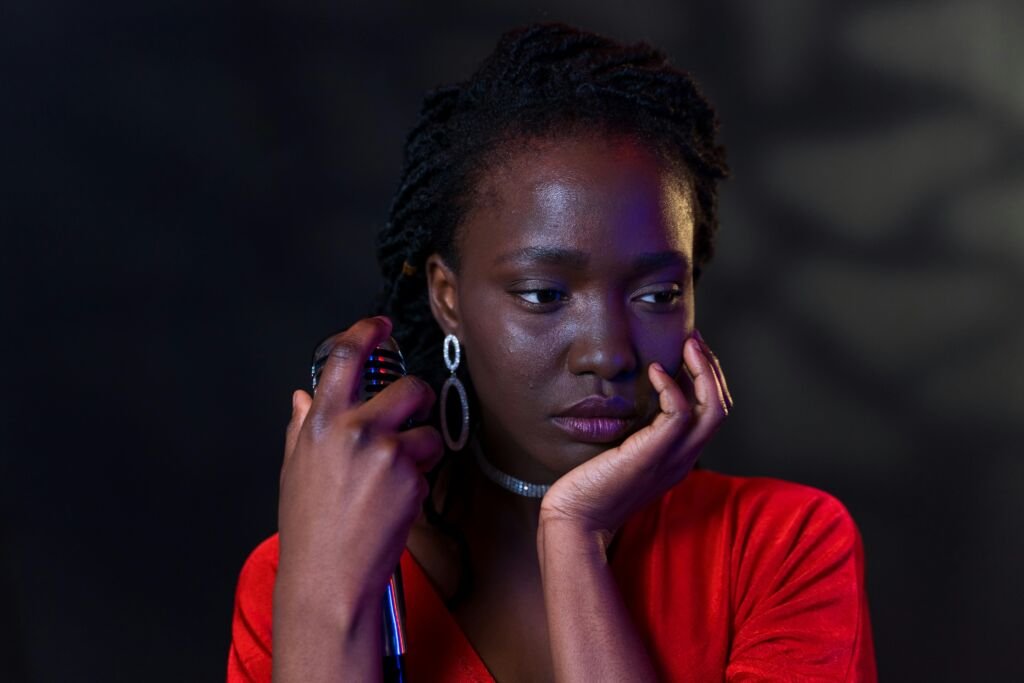Female youths continue to be underrepresented in political positions both in the state and nationally. According to premium times in Africa’s countries, Nigeria ranks the lowest coming 54th with a 5.45% female representation, while Rwanda ranks first with 47.95%. Also on the list of 5 worst performing countries, Algeria came second after Nigeria with 6.20%; Benin Republic 7.40% while the Gambia and Liberia followed with 8.60 and 11.00 per cent respectively.
Senegal came second place in the overall ranking after Rwanda with 44.20 per cent; Mozambique followed with 42.60 per cent, then South Africa and Burundi with 41.60 and 39.60 per cent respectively. Between 1999 and 2003 In Nigeria, the House of Representatives had 12 female members who made up 3.3 per cent of the total 360 members while men made up 96.7 per cent with 348 members. From 2003 to 2007, only 21 women were in the House of Representatives, increasing the percentage to 5.8 as men occupied 339 seats representing 94.2 percent.
Only 628 of a total of 7,160 candidates in the April 2007 elections were women, representing 8.8 per cent of the total number of candidates.


There were a total of 3,141 candidates who ran for seats in the National Assembly, and only 209 (6.7 per cent) of these were women While there were 25 elected representatives in 2007 and 19 elected in 2011, the number of female senators rose to nine in 2007 and remained the same in 2011.

Female youths continue to be underrepresented in political positions both in the state and nationally. According to premium times in Africa’s countries, Nigeria ranks the lowest coming 54th with a 5.45% female representation, while Rwanda ranks first with 47.95%. Also on the list of 5 worst performing countries, Algeria came second after Nigeria with 6.20%; Benin Republic 7.40% while the Gambia and Liberia followed with 8.60 and 11.00 per cent respectively.

Senegal came second place in the overall ranking after Rwanda with 44.20 per cent; Mozambique followed with 42.60 per cent, then South Africa and Burundi with 41.60 and 39.60 per cent respectively. Between 1999 and 2003 In Nigeria, the House of Representatives had 12 female members who made up 3.3 per cent of the total 360 members while men made up 96.7 per cent with 348 members. From 2003 to 2007, only 21 women were in the House of Representatives, increasing the percentage to 5.8 as men occupied 339 seats representing 94.2 percent.
Only 628 of a total of 7,160 candidates in the April 2007 elections were women, representing 8.8 per cent of the total number of candidates. There were a total of 3,141 candidates who ran for seats in the National Assembly, and only 209 (6.7 per cent) of these were women While there were 25 elected representatives in 2007 and 19 elected in 2011, the number of female senators rose to nine in 2007 and remained the same in 2011.
in 2019, 235 women ran for Senate seats out of a total of 1,904 candidates, while 533 females ran for House of Representatives seats out of a total of 4,680 candidates. Before the 2023 elections, the numbers dropped to 21 women serving in the National Assembly, eight in the Senate and 13 in the House of Representatives, representing 4.47 per cent of the National Assembly membership, In Delta state 3 women elected representatives at the state assembly in the previous election and now it worse and has reduced to only 2 in a particular senatorial district.


